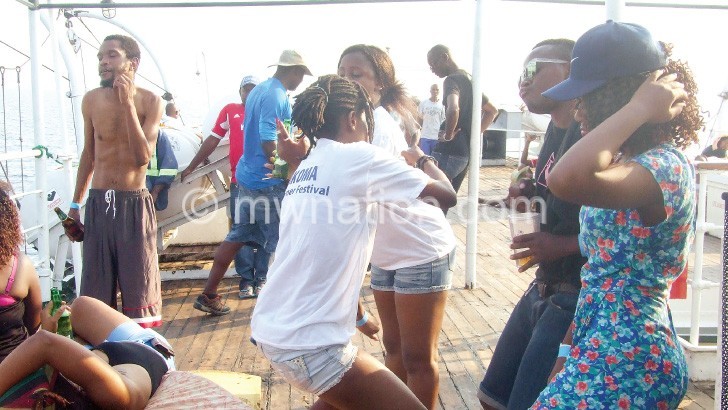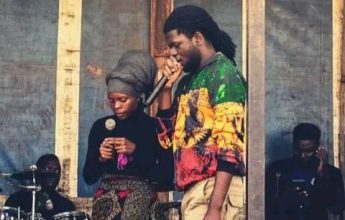Malawi’s untapped tourism
Tamukwera Ilala! Ilala! Ilala! Iseee! Tamukwera Ilala eeeh!
That is the song in rural areas, especially in the North, when the marine vessel (MV) Ilala, a 620-tonne ferry, is about to depart a port—a sign of just how much the ship, which has chugged up and down Lake Malawi since 1951—is revered.
On Friday, as the ship was leaving Monkey Bay and its postcard beauty on the southern tip of Lake Malawi, to kick-start a 304-kilometre (km) or 164-nautical mile cruise as part of this year’s Likoma Festival, there was no such a song to send off its passengers.
Rather, it was a feeling of awe that gripped some patrons who kept on taking selfies and pictures of the stunning and, yet somehow, underutilised beauty of Monkey Bay which sits between two hills that jut into the lake.

Other revellers were also in disbelief to see about seven passenger and cargo ferries at Monkey Bay port in disuse and abandoned as they have been left to the rains, winds and the scorching heat of Mangochi to rot and become rusty.
The ferries include Mtendere, Chauncy Maples, Ufulu, Mpasa and Thyolo.
This has left MV Ilala as the only passenger ship which can carry 460 passengers and 100 tonnes of cargo.
Katundu and Viphya Pontoon are dedicated to cargo haulage whereas the new MV Chilembwe is yet to be repaired after hitting a rock in August.
Despite such a setback, there is hope of turning to tourism as the next big foreign exchange (forex) earner for the country as long as serious investment is made in the water transport sector.
Water transport opens up tourism potential areas such as Likoma District and Usisya in Nkhata Bay.
The ship cruise proved right the much-talked about beauty of Malawi, especially the shoreline areas as seen from Lake Malawi which, certainly, only a few people have witnessed.
Usually, Ilala travels over 400km to Chilumba near the lake’s northern end, with 13 stops enroute. The return trip takes six days.
The ship took a day and some hours to reach Likoma as it was privately booked for the arts festival.
It made stopovers to pick revellers at Chipoka in Salima on Friday at 12:35pm; Nkhotakota at 10:15pm and Nkhata Bay the next day at 7:30am. It arrived at Likoma at 2:30pm for the second leg of the festival.
The weather was favourable up to Nkhotakota, but the Vuma (easterly) winds took centre-stage as the ship made entry into the northern stretch of the lake in the early hours of Saturday.
However, only a few felt the effects as most of the patrons had already retired to bed—some on the open-air upper and lower decks of the ship and the few lucky ones in ensuite cabins that fetch K40 000 for a one-way trip.
Normally, the ensuite cabins are for first-class passengers whereas the second class pay about K24 000 and K14 000 for upper and lower open-air decks, respectively. The economy class, which is close to the engine room is pegged at £8 (about K7 200).
This year, patrons paid K25 000 to attend the festival which also had music performances and traditional dances in the island district.
Some of the patrons interviewed hailed the ship cruise idea, saying it gives people an opportunity for sightseeing.
However, they said the condition of the ship needs to be improved if tourists are to opt for the country’s largest passenger vessel when visiting Likoma and other areas of attraction along the lake.
American Idil Aktan said she braved 16 hours on the floor during the cruise.
She said: “The ship needs to be better equipped with chairs and shades. You cannot have tourists sit on the floor all day long and expect them to visit the island again in such a condition. It is not comfortable. And it needs to be a bit faster.
“However, I like the concept of having a ship cruise. It gives a good time for one to reflect. And I like the food, Malawi’s beauty and its friendly people.” n





